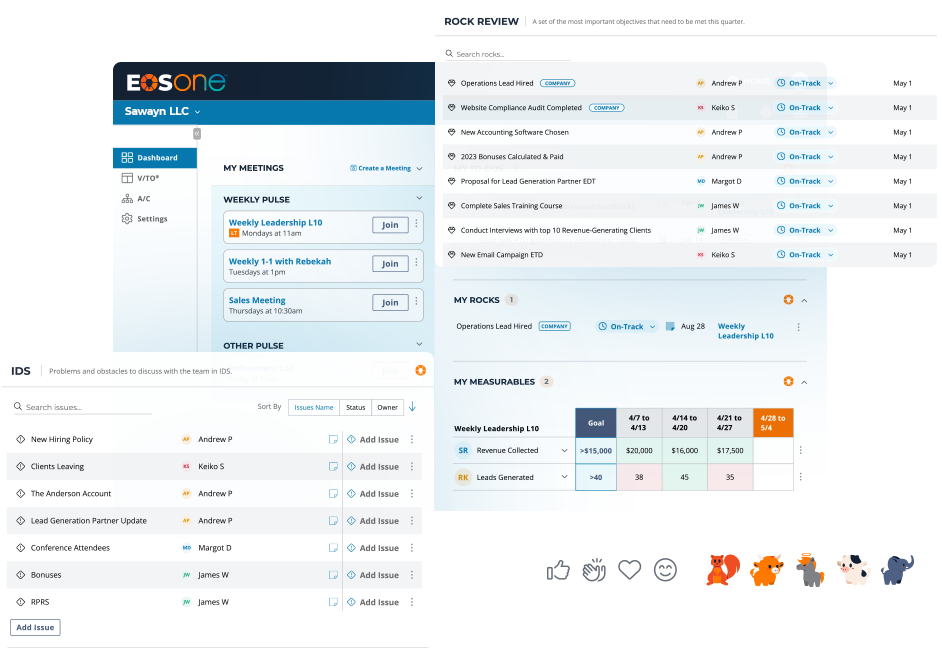The Scorecard metric was a ribbon of red. This team had NEVER met this metric, the number of errors in a particular process. As I glanced at the 13 weeks on the scorecard, the lowest number was 3. The highest was 15. Most weeks it was between 6 and 11. The Goal was 0.
I asked if they had dropped it down to the Issues List to determine why they always missed this metric. “We drop it down, but we don’t talk about it”, said the Integrator shrugging his shoulder. “It’s a number we always miss. I guess we just aren’t very good at this process.”
It became clear to me that the Leadership Team had become de-sensitized to missing this metric. “You SHOULD drop it down”, I said. “I think the root of this issue might be different than you think”. That got some curious looks.
“Why do we keep missing this metric?”, I asked. Before the Ops leader could answer, the Visionary exclaimed “Because our people don’t try hard enough. They just don’t care. Any error is unacceptable!”, he proclaimed, firmly tapping a finger on the table for emphasis.
The Scorecard is designed to help a Leadership Team keep their most critical metrics on track. When a number goes off track, the team uses the Identify, Discuss, Solve (IDS) tool to identify the root of the issue and come up with a way forward. In this case, the team mis-identified the REAL issue.
The real reason they missed the metric every week is that the Visionary had insisted on an aspirational Goal, not a realistic one. Because the metric had a Goal the team knew would never be met, they became de-sensitized to missing it. So they never addressed where the errors were coming from.
I introduced this team to the concept of “Managing to Normal”. That is, establishing a Goal that reflects reality as it is, not how we wish it would be. In this case, “normal” seemed to be between 6 and 11.
Re-setting their Goal to this more realistic range changed everything.
If the number went above 11, they dropped it down to the Issues List and IDS’ed what happened that week. That allowed them to immediately identify what had changed.
As it turns out, there were a few unusual scenarios the team would occasionally encounter that they didn’t know how to handle. So they made their best guess, which sometimes led to mistakes. A few clarifications to the process really helped with that.
One week, the number dropped dramatically, to just 2 errors. Since that was out of the normal range, they IDS’ed that, too. They learned that a junior team member was out on vacation that week. It turned out he made more errors than anyone on the team. With a little more training, his error rate dropped.
By Managing to Normal, the team actually changed “normal”. Over just a couple months, they were able to change the Goal from 6-11 to 4-8, then 2-5, and finally, 0-2. Soon, they went several weeks in a row with zero errors.
Setting an aspirational goal doesn’t help us get better, it actually prevents us from getting better because we get de-sensitized to our failure. “Managing to Normal” allows us to identify when things are different so we can quickly dive in to see what changed. That allows us to get better and better – and finally realize the results we ultimately want to achieve.


